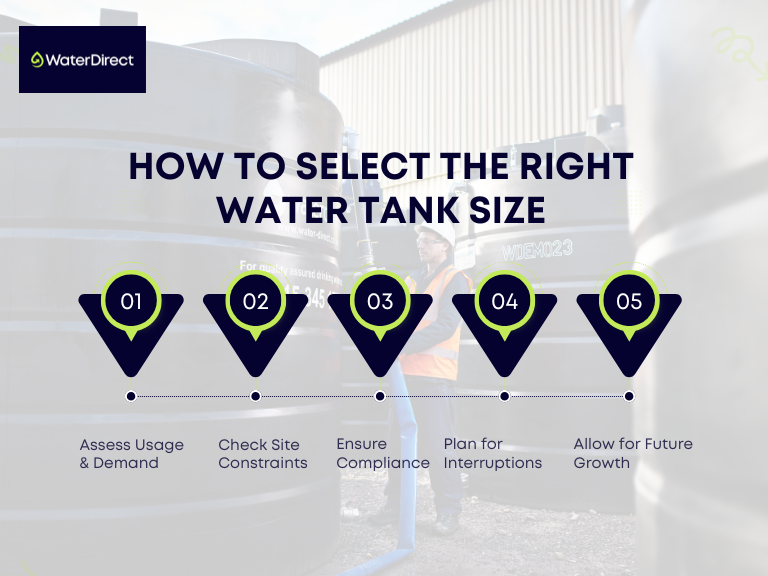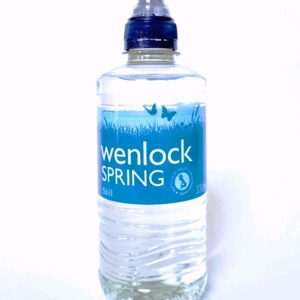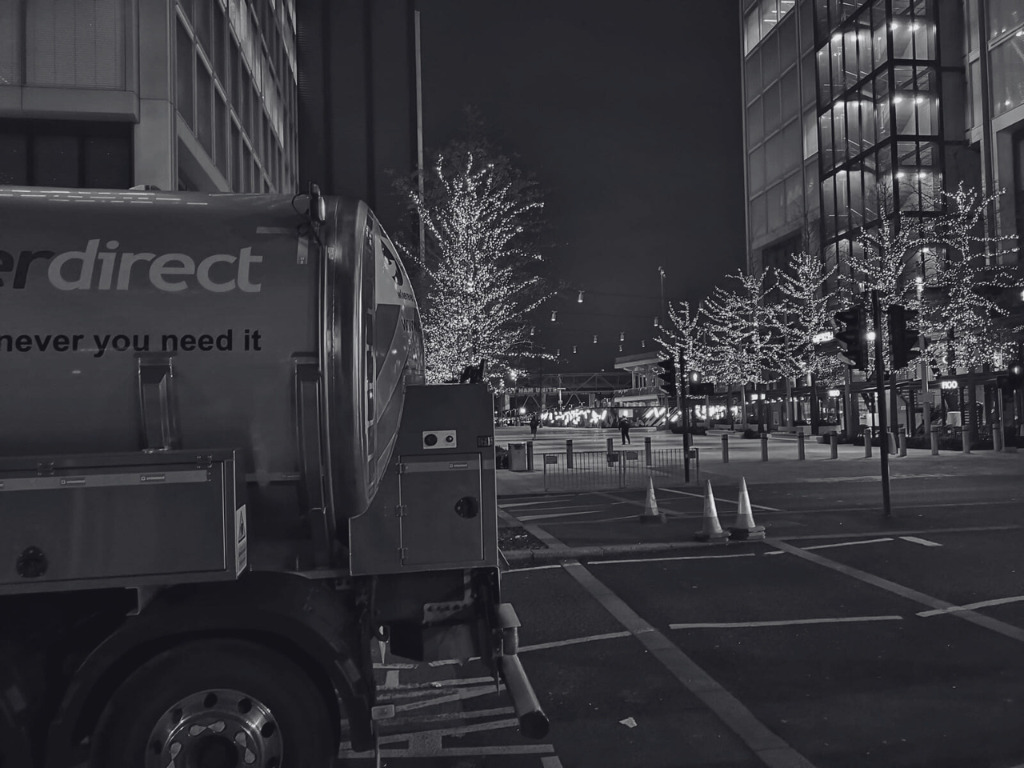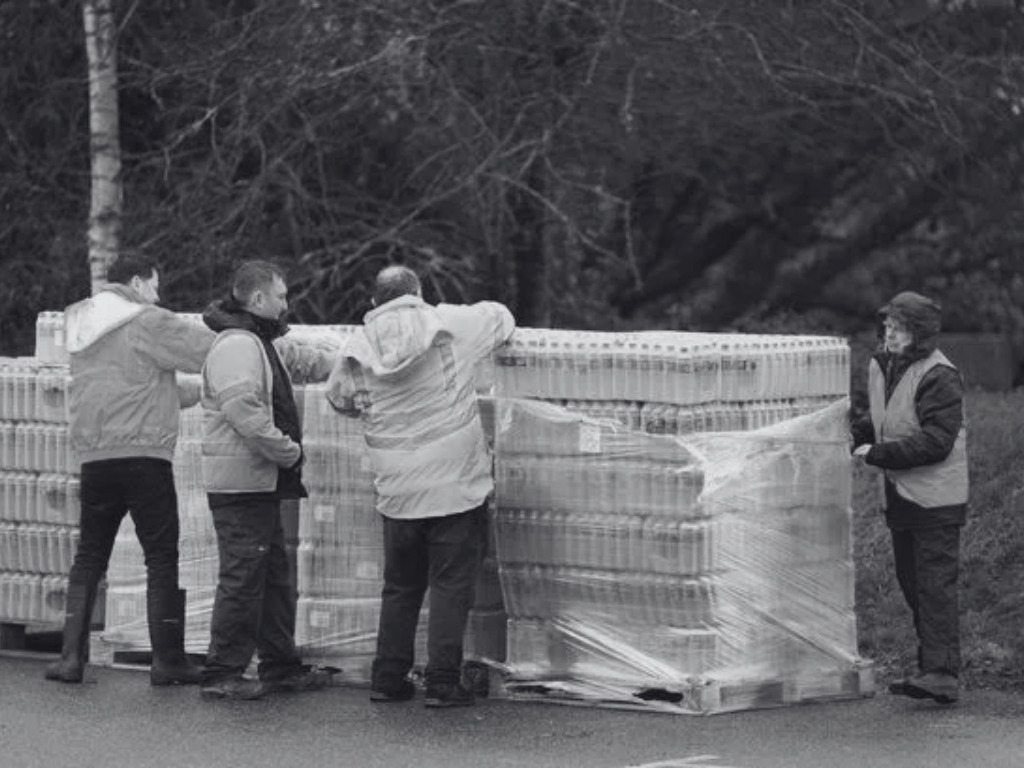
What Are the Most Common Water Tank Sizes for UK Businesses?
When operations rely on uninterrupted access to water, having the right water tank size is essential. Whether it’s for emergency preparedness, temporary water supply, or daily operational use, UK businesses need reliable and scalable water storage tanks that suit their site and sector requirements.
From plastic water tanks in welfare units to large-capacity tanks used in manufacturing, understanding the most common water tank sizes for UK businesses is key to maintaining continuity across industries. In this guide, we break down the most common water tank sizes used across commercial sectors and help you choose the right option for your business.
Why Tank Size Matters for Business Operations
Water is critical for cleaning, sanitation, equipment cooling, food production, and more. Choosing the right water tank size helps ensure:
- You have sufficient supply during a disruption
- Compliance with industry health and safety regulations
- Reduced downtime during planned or unplanned outages
Common Water Tank Sizes for UK Businesses
Here are some of the most widely used water tank sizes for commercial use in the UK:
Small Water Tanks (250 –1,000 Litres)
Ideal for: Welfare units, site cabins, mobile setup
Compact and easy to transport or install, these tanks are often used in:
- Construction site welfare facilities
- Event setups requiring handwashing or hygiene services
- Often used for holding potable water in tight spaces
For these short-term and mobile needs, portable water bowsers and tanks offer a fast and reliable option.
Mid-Sized Tanks (1,000–2,500 Litres)
Ideal for: Commercial kitchens, retail units, schools
A common size range for general-purpose water storage tanks, these provide:
- Backup during mains failure
- Support for flushing systems, cleaning operations, or emergency cover
- Integration with greywater systems or pump setups
These water tanks are suitable for both above-ground and modular use, offering flexibility for different business premises.
Large Water Tanks (5,000–10,000 Litres)
Ideal for: Medium-to-large facilities with consistent water needs
These large water tanks support:
- Industrial processes
- Hospitality operations with high usage (e.g. hotels, leisure centres)
- Facilities management and fire suppression systems
These tanks can be configured as potable water tanks (WRAS-approved) for hygiene-critical use or as non-potable tanks for flushing, equipment cooling, or irrigation.
Extra-Large Tanks (10,000+ Litres)
Ideal for: Manufacturing, healthcare, agriculture, and logistics
These high-capacity water storage tanks are essential for:
- Designed for businesses that require a high volume of water for operations or contingency planning
- Often installed underground or in designated service areas
- May be used for long-term rainwater harvesting, fire suppression systems, or disaster preparedness
These high-capacity water storage tanks are often installed underground or in designated service areas, are essential for manufacturing, healthcare, agriculture, and logistics operations.
How to Select the Right Water Tank Size for Commercial Use?
When selecting the right water tank for commercial use, consider:

1. Assess Daily Usage and Sector Demands
A retail unit may need a modest drinking water storage tank, while a data centre may require hundreds of thousands of litres for cooling and suppression systems. Choose a size that reflects your average and peak usage, with a margin for emergencies.
2. Consider Site Constraints
Vertical plastic water tanks work well where footprint is limited. Modular water storage bins or underground tanks can help maximise space without disrupting operations or site aesthetics.
3. Plan for Compliance
In sectors such as healthcare and food production, only WRAS-approved potable water tanks should be used for hygiene and consumption. Sizing should ensure both daily use and contingency supply.
4. Prepare for Supply Interruptions
With rising incidents of water shortages, supply issues, and planned maintenance, businesses should ensure tanks can hold enough water for several days. A 2,500–10,000 litre tank often provides an adequate buffer for most commercial properties.
5. Allow for Future Demand
Choose a water tank size that accommodates business growth, seasonal changes, or extended use cases. Scaling up from 1,000 to 2,500 litres early on can avoid costly upgrades later.
Conclusion
Choosing the right water storage tank sizing is a key step in protecting your business against water supply disruptions. Whether you need a compact drinking water storage tank, a robust large water tank for critical systems, or flexible water storage bins for temporary setups, the UK market has the right solution.
Explore your options with Water Direct, the UK’s trusted emergency water supplier, providing tankers and bowsers for businesses nationwide.
FAQs
What is the best commercial water tank size for a small business?
A 1,000–2,500 litre plastic water tank is often suitable for small-to-medium businesses depending on daily water usage.
Can I use a plastic tank for drinking water?
Yes, as long as it is a potable water tank made from food-grade, WRAS-approved materials that are safe for storing drinking water.
What’s the difference between potable and non-potable tanks?
Potable tanks are safe for drinking, food prep, and hygiene. Non-potable tanks are used for cleaning, flushing, or irrigation but not for consumption.
Share:






